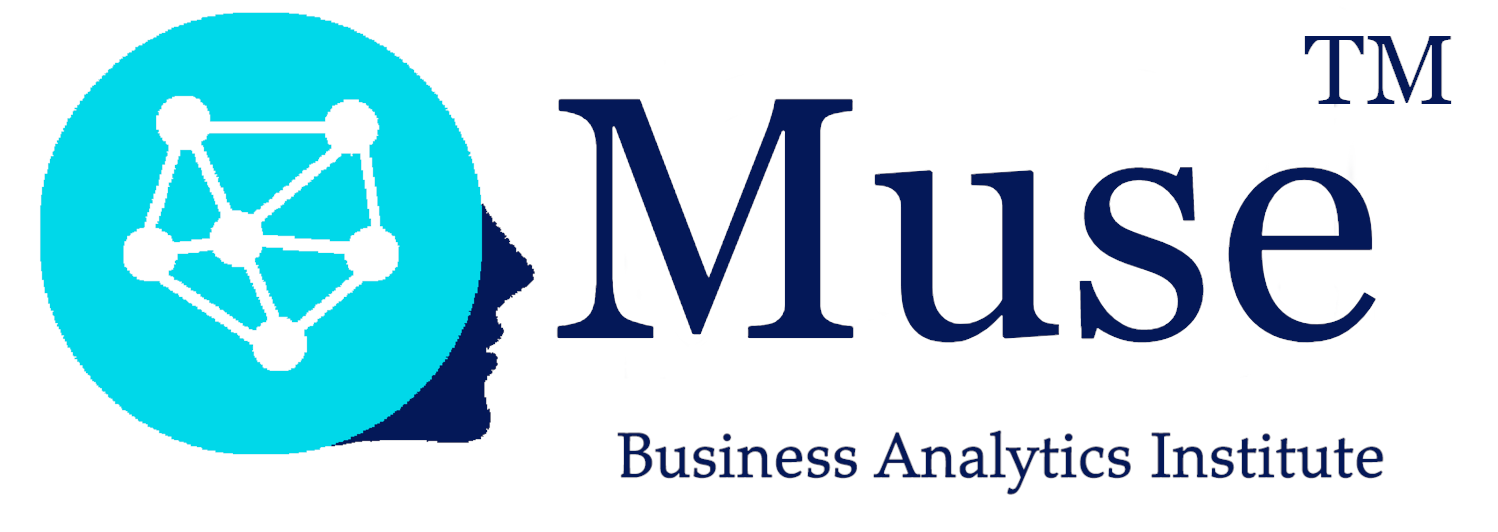Finance and FinTech
Artificial intelligence (AI) presents numerous opportunities for the banking and finance industry, ranging from improved customer experiences to enhanced risk management and fraud detection.
With the ability to analyze vast amounts of data, AI-powered tools can provide personalized financial advice, automate routine tasks, and reduce operational costs.
Additionally, AI algorithms can identify patterns and anomalies in financial transactions, enabling banks and financial institutions to detect potential fraudulent activities more efficiently.
Of particular interest today, AI can assist in credit risk modeling that aims to assess the potential losses that may arise from lending activities.
The use of credit risk models in banking has evolved significantly from the traditional approach of relying solely on historical data to more advanced techniques that incorporate predictive analytics and machine learning. These models provide an efficient way of measuring the probability of default and expected loss, allowing banks to make informed decisions on lending and credit risk management.
None the less; as the recent collapse of SVB; Signature Bank and Credit Suisse have demonstrated, financial institutions face several challenges in accessing credit risk. One of the most significant factors is the constant evolution of the financial market and the emergence of new risk factors. As such, credit risk models must be updated regularly to capture the changing dynamics of the market.
Additionally, the reliance on complex algorithms and statistical models may result in a lack of transparency and interpretability, making it difficult for banks to explain their decision-making processes to regulators and customers.
We would like to introduce you to the AI Muse™ Grenoble discussion group. In this group you will be able to post, comment and discuss articles.
We would like to remind you that our website is available at the following address: Muse™: Listen to your muse.
Don’t hesitate to leave us a comment, to share our newsletter with others.
Enjoy reading!

